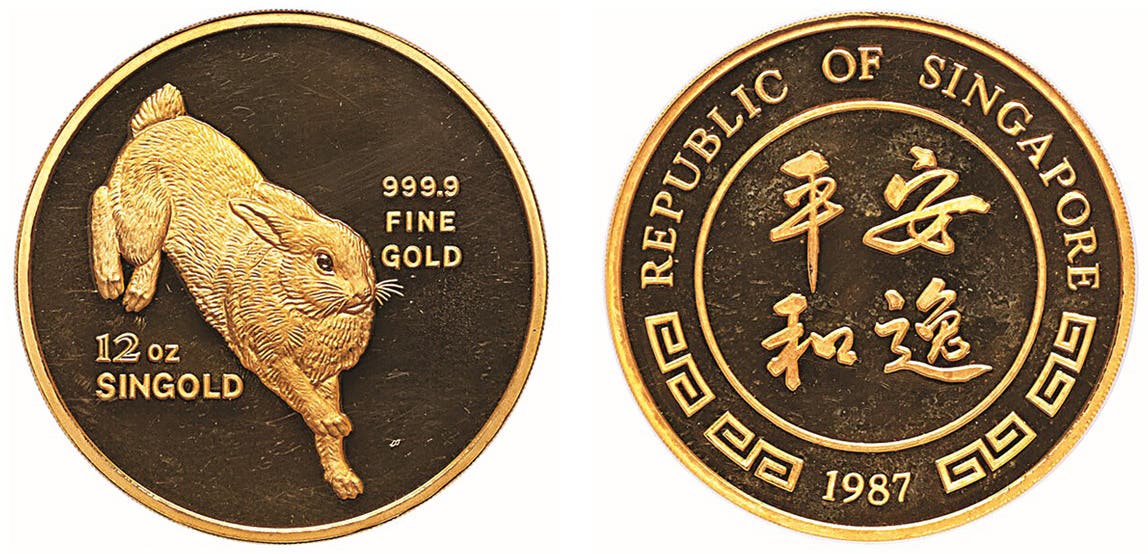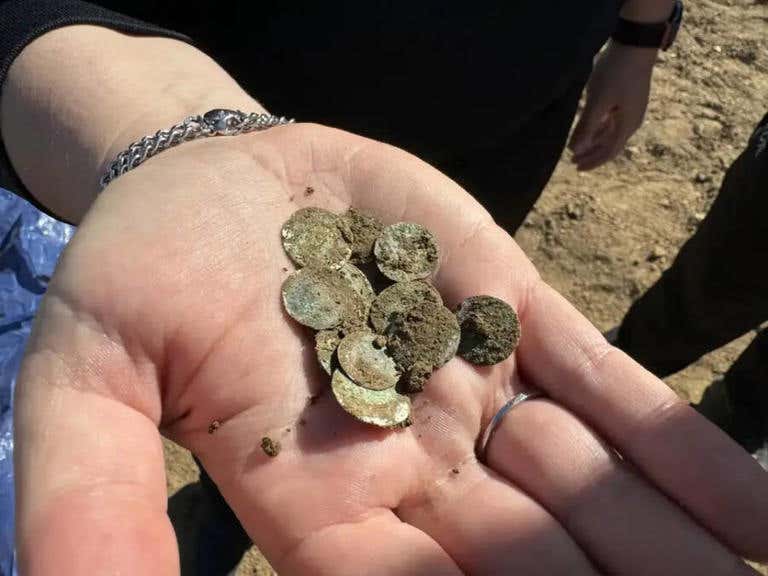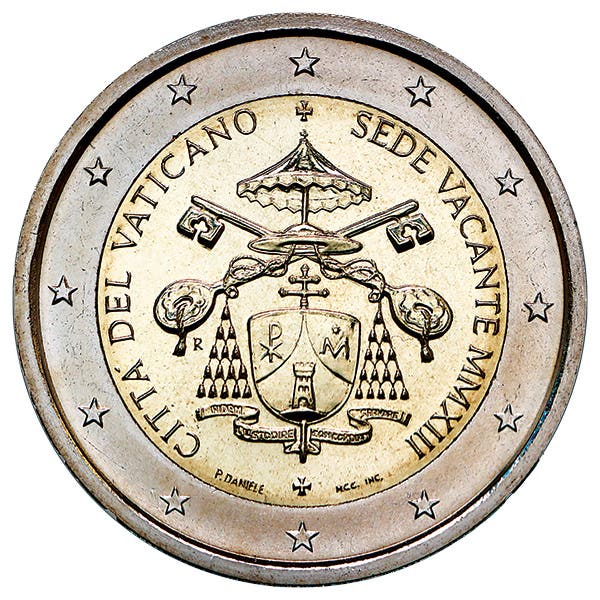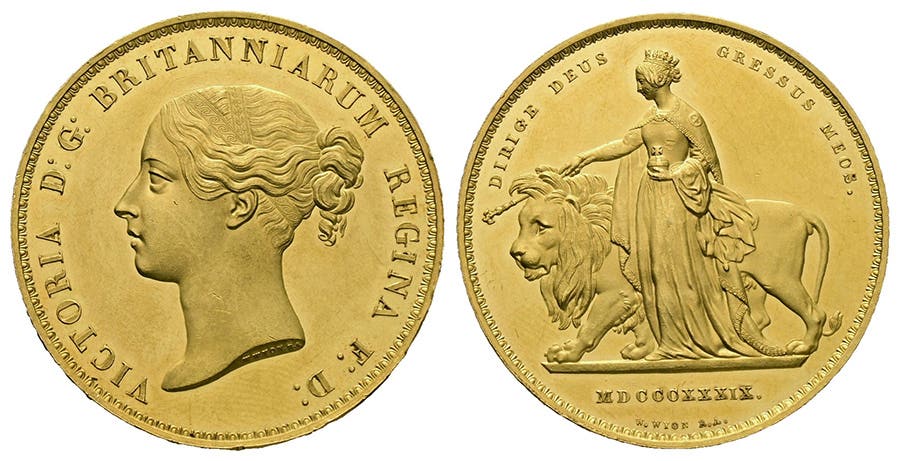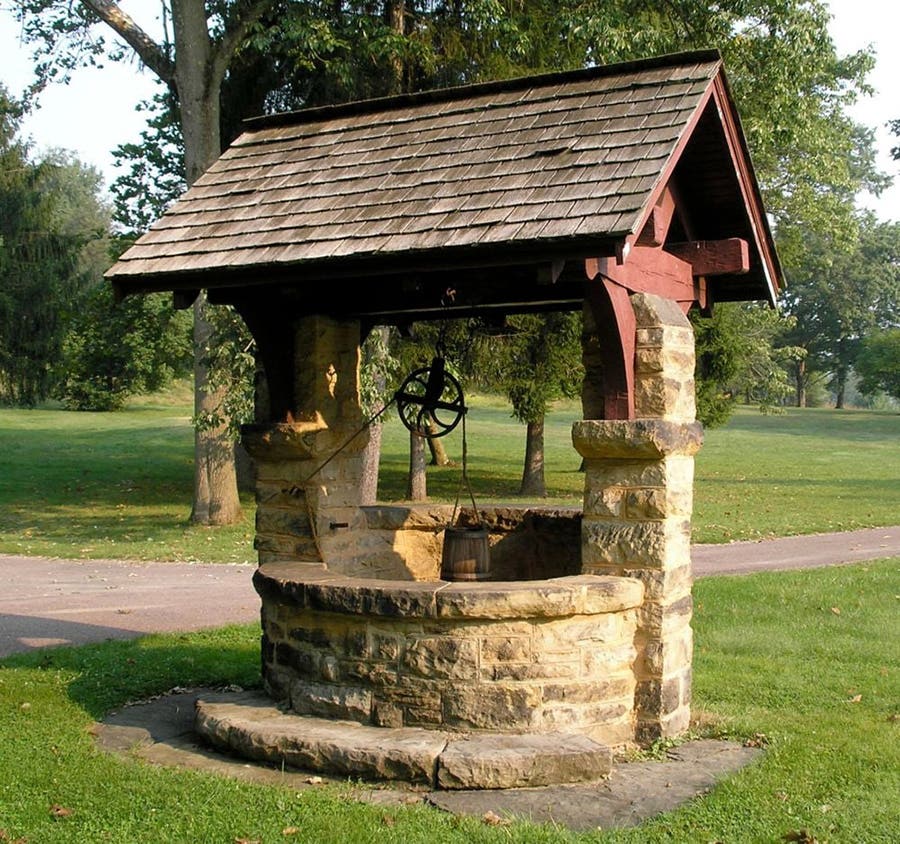Counterfeiting: The Oldest Profession
Archeologists from the University of Warsaw were aghast when they recently concluded many of the ancient Roman coins they had examined were contemporary first century counterfeits. Hundreds, and perhaps thousands,…
Archeologists from the University of Warsaw were aghast when they recently concluded many of the ancient Roman coins they had examined were contemporary first century counterfeits.
Hundreds, and perhaps thousands, of silver Roman denarii found in areas occupied by the Goths or the Vandals have proved to be fakes.
According to Dr. Kyrylo Myzgin, “We believe that in the first centuries of our era, in the east of the [Roman] empire, the exchange of goods using money - denarii - took place more often than it was thought. In recent years, several workshops were discovered in Ukraine in which false denarii were produced. We suppose that it is only a matter of time before we find them in Poland.”
More important than reaching this conclusion is that the sheer number of denarii being encountered indicates foreign coins rather than barter items were being used as money during the first century AD in Eastern Europe.
Perhaps this came as a surprise to the Polish archaeologists, however, this pales in comparison to what has been recently discovered in Israel, that being counterfeit money that predates coinage. In November it was announced that Israeli researchers had recently discovered counterfeit pieces or ingots of silver dating from 3,000 years ago. It is generally accepted that coinage in the Western tradition likely began about 650 BC in Lydia in western Anatolia.
According to the December 12, 2020, issue of Live Science, “A shortage of silver caused by the collapse of leading Bronze Age civilizations around the eastern Mediterranean about 1200 B.C. resulted in the original ‘dirty money’ — several hundreds of years before coins had been invented.”
Israeli archaeologist Tzilla Eshel studied the chemical composition of 35 Bronze Age silver hoards found in Israel. Eshel concluded eight of the hoards had been deliberately debased with copper, the outer surfaces retaining the appearance the ingots were made of pure silver. Each of the hoards dates from the time of the Canaanite occupation, although the region was ruled by Egypt. Canaan had no silver mines and for that reason needed to import all the silver used in trade. Similar ingots found in the area from earlier periods dating back to 1,900 BC were made of almost pure silver.
Eshel explained, “There was a shortage of silver, probably related to the Late Bronze Age collapse. [Counterfeiting] continued after the Egyptians left Canaan, but they were probably the ones who initiated it.”
One of the finds examined by Eshel, the Beit Shean silver hoard weighs about 5.5 ounces or 157 grams. The ingots, according to Eshel, are only 40 percent silver. The balance of the ingots are composed of copper and “other cheap metals.” Eshel surmises that the Canaanites were able to produce a silver surface with copper core ingot by slowly cooling the ingot after it was melted and poured out.
Another find examined by Eshel, the Megiddo hoard, weighs 3.4 ounces or 98 grams. Eshel said this hoard has an even lower amount of silver she estimates to be 20 percent. The debasement had been disguised by having added arsenic to give a silvery shine to the copper.
Eshel said, “They are both quite sophisticated methods, but it could have been that the arsenic [method] was easier [to make].”
She added, “I think it may have started as a forgery or counterfeiting, and then maybe it became a convention over time. I don’t think you can produce silver-copper-arsenic ores for over 250 years and that no one would notice, because it corrodes [by turning green] over time.”
Researchers think the counterfeiting may have been initiated by the Egyptian rulers, possibly to disguise the fact their supplies of silver widely used as a pre-coinage form of currency were dwindling. The local silver trade appears to have come to an end when neighboring kingdoms started collapsing between about 1200 and 1150 B.C. The reasons for their demise has been debated, but may include an economic downturn, droughts, volcanic eruptions, and earthquakes. The collapse included the Egyptian New Kingdom, Hittite Empire in Anatolia, and Mycenaean culture in Greece.
Israeli studies of the region indicate it would be three centuries before the rise of Neo-Assyrians, Persians and local Greek colonies. Subsequently it would be at this later time that pure silver would regain its place as a reliable form of currency.
Biblical references such as that of Abraham weighing 400 shekels of silver for the purchase of the cave of Machpelah in Hebron (Genesis 23: 15-16) refer to a unit of weight likely of 8.4 grams to the shekel rather than to coins called shekels. Shekel weights used on balance scales have survived from this period.



